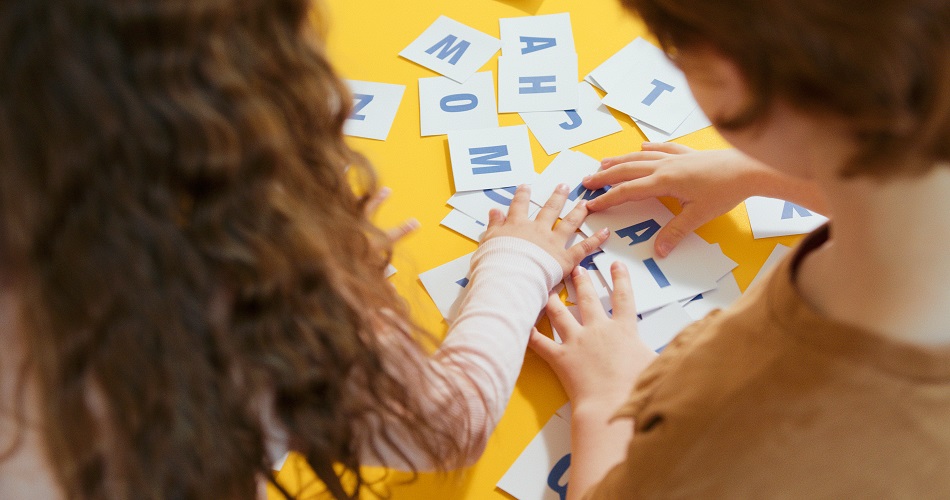A ‘safe space’ – is integral when it comes to dealing with students with special needs. Usually, a school environment can be a bit overwhelming with noises, harsh lights, and crowds. The amounts of stimulus are countless, the inside world of a special child receives these stimuli in amplified version and often times it becomes stressful to experience those moments.
To overcome these difficulties having a sensory room at school has become popular over the years. Apart from children with autism, students with learning disabilities, developmental challenges, ADHD, vision difficulties, and even students with emotional disturbance can benefit from having sensory room experience.
Wondering What is a Sensory Room?
A sensory room is specially designed with multiple sensory stations to relax and stimulate the senses. A multisensory environment (MSE) helps to promote a healthy response within an individual to manage and manipulate stimuli as needed.
Sensory experience comprises of those things we experience through – seeing, hearing, touching, smelling, and tasting.
An individual with sensory issues can learn to regulate their response to external stimuli by developing both physical and cognitive skills.
Thus, building a sensory room can be planned considering the needs of your students while using the sensory stimuli as the basic ground. Each station can be allotted to meet specific objectives. Elements such as essential oils (for therapeutic scents), music, swings, textured wall, jumping ball, etc. can be used in separate corners for each activity.
Also, the presence of each object and material needs to have their own purpose as to why they belong in the room. The use of the sensory room is inclusive of the behavioral plan and can be used for break time or even as a reward!
Here is a video with 7 fun sensory activities for you to watch –
Key Benefits of having a Sensory Room –
A Therapeutic Space
A sensory room with multiple stations is a great space for special students to help them unwind from any stressor and allows them to feel calm to learn and interact with others. Often times a child may encounter stimuli just before he/she entering the classroom, chances are it could lead to trigger response. A sensory room can act as an intervention to those stimuli and help to soothe them down. It makes them feel more prepared to learn.
Builds Focus
It is predictable that children with autism, ADHD, and other developmental challenges often face difficulty to pay attention, response and follow through with the instructions immediately. A detour to the sensory room helps them to feel motivated, wash out any negative behaviors, thus, prepares them to follow directions with ease and keep them engaged in the task for longer times.
Facilitates Socialization
With a sensory room, both interaction and alone time are possible. While for some individuals it may be beneficial to provide that personal space, the sensory room can also be a healthy place to promote socialization. It comes with a sense of safety and makes it more practical for students to find community connections among themselves.
Developmental Progress
The sensory room is objectively designed to attain multiple senses. Starting from the muscle functions to cognitive functions it can all be put together to promote fine motor skills by jumping, bouncing, etc. Also, when the activities are followed routinely, the predictable pattern of following the activities helps to build that sense of safety when children can explore their senses and learn to process their experiences on their own over time.
The use of a sensory room in the school has proven to decrease negative behaviors and also improved student’s engagement. A sensory room is undoubtedly a fruitful investment. While it helps students with special needs to associate sensory room as a positive place it also makes the learning process more supportive and thus allows more scope for the teacher to observe sensory preference for each different child.
Written By : Soma











